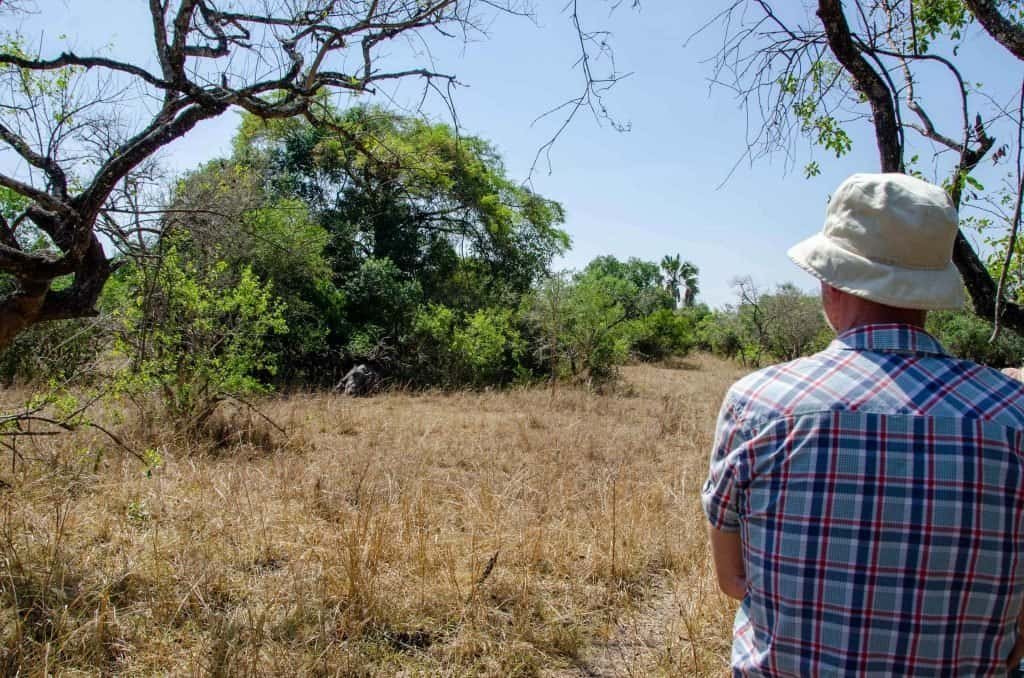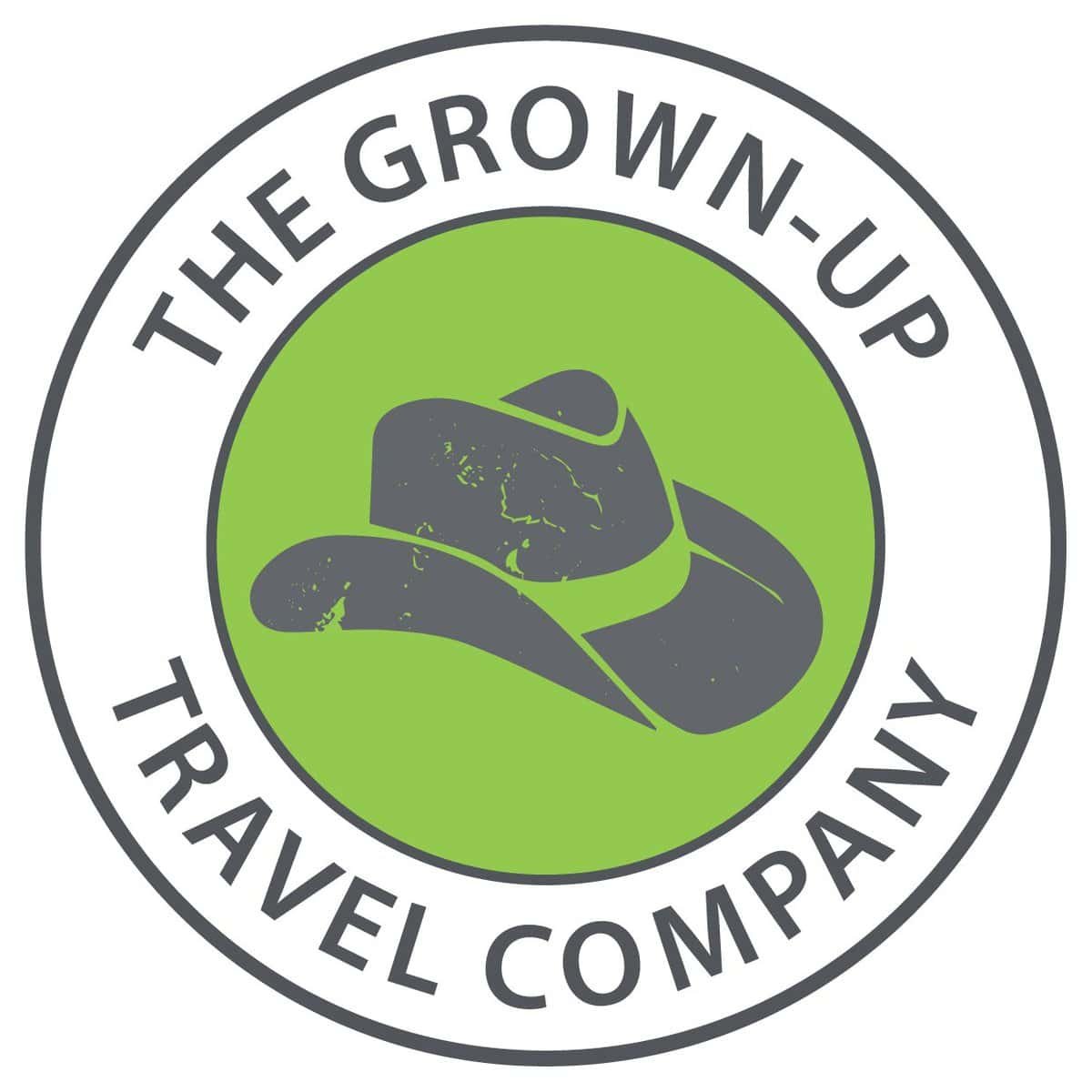An African safari is a dream come true for nature enthusiasts and wildlife lovers alike. The opportunity to witness majestic creatures like elephants, lions, and rhinos in their natural habitats is a truly awe-inspiring experience. However, as responsible travellers, it’s crucial to understand the potential dangers of geotagging and sharing location information about these endangered species, and take necessary precautions to protect them from harm.

Understanding Geotagging and Location Sharing
Geotagging is the process of adding geographical identification metadata, including latitude and longitude coordinates, to photographs, videos, and even social media posts. This feature is available on most smartphones, digital cameras, and action cameras like GoPros. While geotagging can be a convenient tool for personal record-keeping, when these coordinates are shared publicly, they can have unintended and devastating consequences for endangered wildlife.
Many social media platforms and check-in services also allow users to share their current location, either automatically or manually. This practice, combined with posting photos or videos from the same location, can inadvertently reveal the whereabouts of vulnerable species.
The Amplifying Effect of Social Media and Live Streaming
Social media platforms and live streaming services have amplified the reach of geotagged and location-tagged content, making any shared location accessible worldwide within seconds. For many, posting wildlife photographs or live streams with geotags has become a way to garner likes, followers, and engage their audience in real-time. However, this practice can put vulnerable species at grave risk.
While I have solely used pictures of rhinos to illustrate this article as they are the most obvious targets, I believe that the same applies to ALL wildlife – and recommend you turn off the GPS function for the duration of your trip.
The Dangers of Geotagging and Location Sharing for Endangered Wildlife
- Poaching Threat: Endangered species, such as rhinos and elephants, are often targeted by poachers for their valuable horns and tusks. Geotagged photos, videos, or live streams of these animals can serve as a treasure map for poachers, directing them to precise locations. Studies and reports have shown a disturbing correlation between the rise in poaching activities and the availability of location-based information through social media and online platforms.
- Habitat Disturbance: The surge of tourists to specific locations disclosed via geotags or location sharing can lead to significant habitat disturbance. Overcrowding, littering, and increased human activity disrupt the natural behaviour of wildlife and can degrade pristine environments, ultimately threatening the survival of species.
- Conservation Efforts Undermined: Many conservation strategies depend on secrecy and discretion. By revealing the whereabouts of rare species through geotagging or location sharing, these efforts can be undermined, complicating the work of conservationists who strive to protect these animals from harm.

Insights from Conservationists
Dr. Paula Kahumbu, a prominent Kenyan conservationist and CEO of WildlifeDirect, has warned, “We are dealing with very sophisticated criminals who are using technology to track and kill some of Africa’s most endangered species. Geotagging and location sharing can unfortunately provide poachers with precise locations, making it easier for them to find and target these animals.”
Peter Knights, the CEO of WildAid, has highlighted the unintended consequences of sharing wildlife locations online: “Every time a geotag or location is shared on social media, it potentially sends a signal to poachers about where they can find these vulnerable animals. It’s crucial that tourists and photographers are educated about the risks of geotagging and location sharing in conservation areas.”
Best Practices for Responsible Safari Photography and Social Media Use
- Turning Off Geotagging and Location Services: Before embarking on your safari, disable the geotagging and location services functions on your camera, smartphone, action cameras, and any other devices you plan to use for capturing photos or videos.
- On iPhone: Go to Settings > Privacy > Location Services, and disable location services for the Camera app and any other relevant apps.
- On Android: Open the Camera app, go to Settings, and turn off the “Save location” option. Repeat for other relevant apps.
- On Digital Cameras and Action Cameras: Navigate to the main menu, find the GPS or location settings, and disable them.
- Avoid Checking In or Sharing Live Locations: Refrain from checking in to specific locations on social media platforms or sharing your live location while on safari. Even if you don’t include photos or videos, this practice can reveal the general area where endangered wildlife may be present.
- Be Mindful of Your Surroundings and Journey: Avoid sharing photos or videos that inadvertently reveal your location or the route you took to get there. This includes images of park gates, landmarks, or any other recognizable features that could give away the area you’re in.
- Educate Others, Including Children: Spread awareness about the importance of not geotagging or sharing locations of endangered wildlife. Share this knowledge with fellow travellers, tour guides, and anyone else involved in your safari experience. It’s also vital to teach children the significance of these practices and ensure they understand the potential consequences of sharing location information.
- Support Responsible Tourism: Choose tour operators and safari companies that prioritize ethical and sustainable practices, including not revealing the exact locations of endangered species and educating their guests about responsible photography and social media use.

- Stay Present and Mindful: While on safari, remember to stay present and mindful of the incredible experience you’re fortunate to witness. Rather than constantly capturing photos, videos, or live streaming, take moments to fully immerse yourself in the natural beauty and marvel at the wildlife around you. Savour the experience and create lasting memories that don’t compromise the safety of these magnificent creatures.
Conclusion
The thrill of an African safari is unmatched, but it comes with a responsibility to protect the very sights we cherish. By disabling geotagging, being mindful of location sharing, and embracing responsible tourism practices, we contribute to the safety and preservation of endangered species. Let’s enjoy nature’s marvels responsibly, ensuring that our adventures do not come at the expense of the natural world. Embrace the ethos of mindful travel, where curiosity, conservation, and respect for the environment go hand in hand to forge a path of meaningful exploration and preservation.
